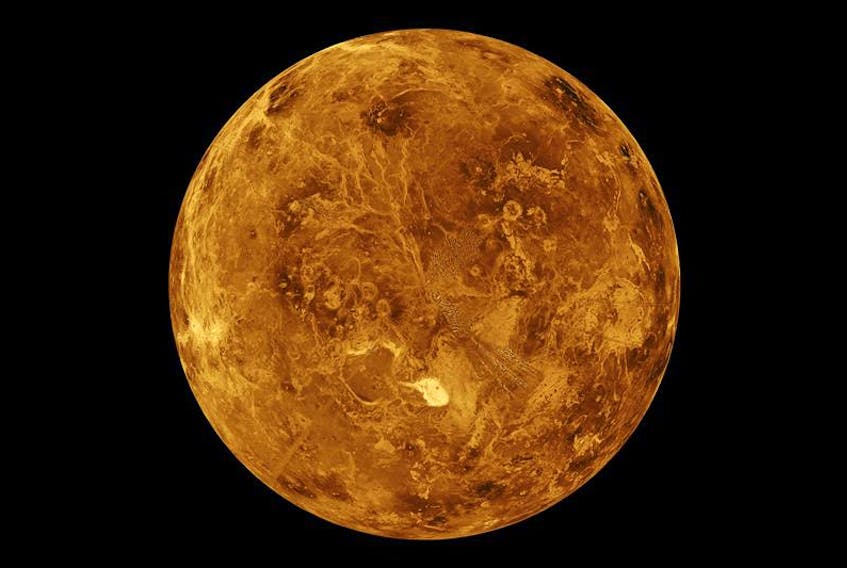Hi Sky Colleagues,
Yes, that is you. If you look up and see the sky, you are being a part of amateur astronomy – of participating in the wonder of seeing all those items of wonderment in our night sky.
So, what can you see if you go out on any clear night – not with telescopes or binoculars, but just with your own eyes? Perhaps the moon is the most obvious of all. When it’s up, it certainly dominates the night sky. Then there are the visible to the naked eye planets – Mercury, Venus, Mars, Jupiter and Saturn. These can be in the night sky in the evening, or pre-dawn.
The most populous part of our sky is the huge visible number of stars. Together, these form the Milky Way – our galaxy. They also exist in recognizable patterns called asterisms, such as the Big Dipper, formal sky patterns called constellations of which there are 88 in total. Sometimes these don’t look at all like their names, such as Leo Minor or Cancer. There are other groups of stars called open clusters and globular clusters with the former having up to several hundred stars and the latter having one to two-hundred-thousand, or up to a million.
Then we find minor planets or asteroid, but these you need at least binoculars to see.
We also see comets and these can but necessarily do become visible to the naked eye.
Next, there is the space station and you can look on Google to see what nights and what part of the sky you can look.
There are the northern lights or Aurora Borealis. This can be beautiful but, you have to look to an environmental or astronomical source to see if this will be a “night”.
To finish, we have meteors, often called shooting stars – on most nights maybe five to six an hour, and wonderful to watch for. Then several times per year we get a meteor shower and when this happens, we may see dozens per hour.
There are many more things to see in the night sky, but they are a little harder to find and see and may need optical equipment.
One tidbit – the most distant object you can see (just barely) is approximately 6 billion x 2.3 million miles distant.
So what can you see in the night sky this month of March?
First the night time sky. There’s not much up there, but what is, is great. Venus sits high in the southwest sky – unmistakable – and quite bright all month. For those of you who want to be keen, use this month’s astronomy magazine to possibly spot Uranus.
The morning sky is glorious with Mars, Jupiter, and Saturn lining up for us all month and joined by Mercury by mid-month. Predawn mornings are truly a treat.
I have described the Zodiacal Light already. It’s still visible in March in the west. You do need a dark and moonless night to catch the faint glow of reflected dust in space, but it’s a treat to see it.
- Full moon – March 9
- New moon – March 24
See you next month.
Your Sky Guy,
Dr. Rolly Chiasson
Dr. Rolly Chiasson of Summerside is "Your Sky Guy."









